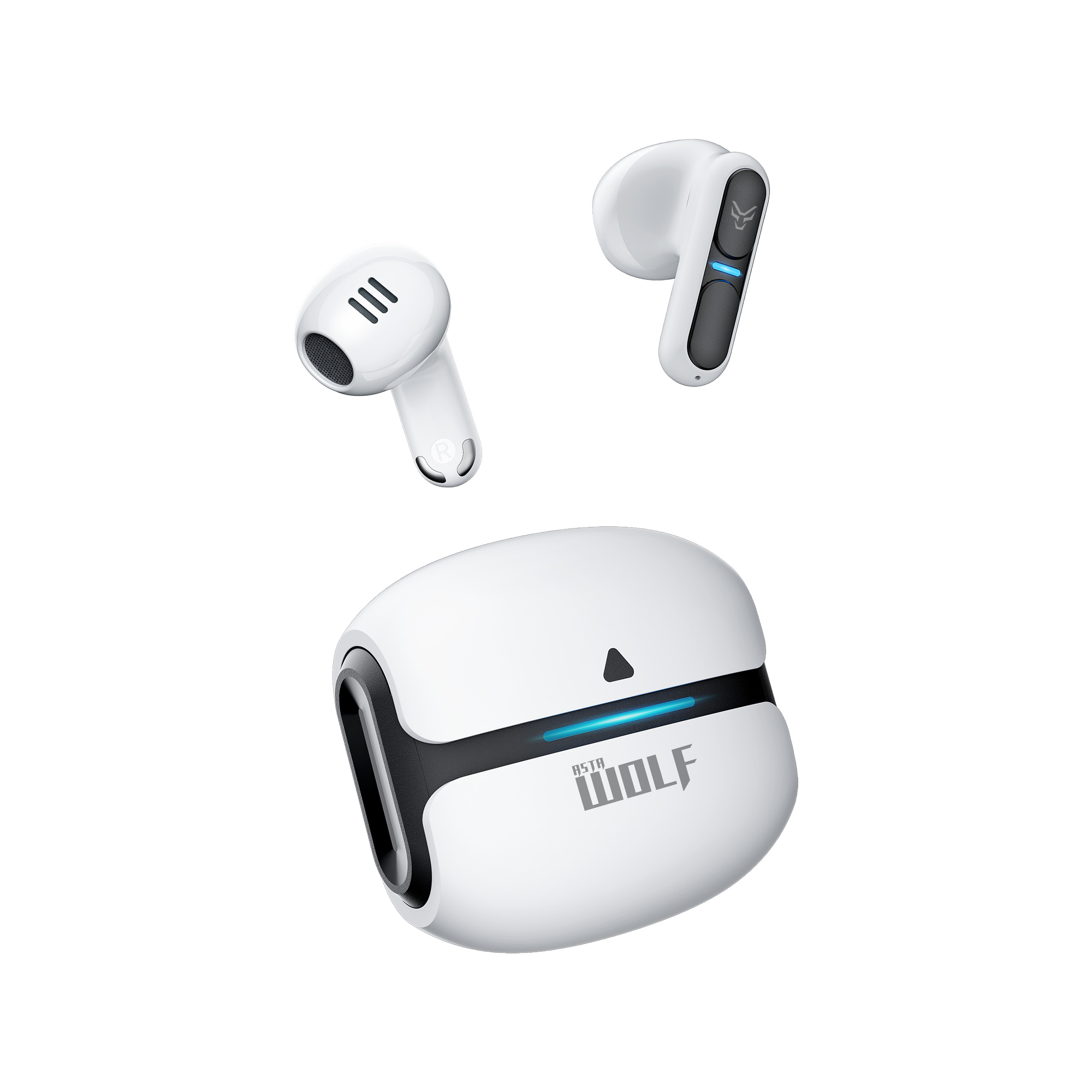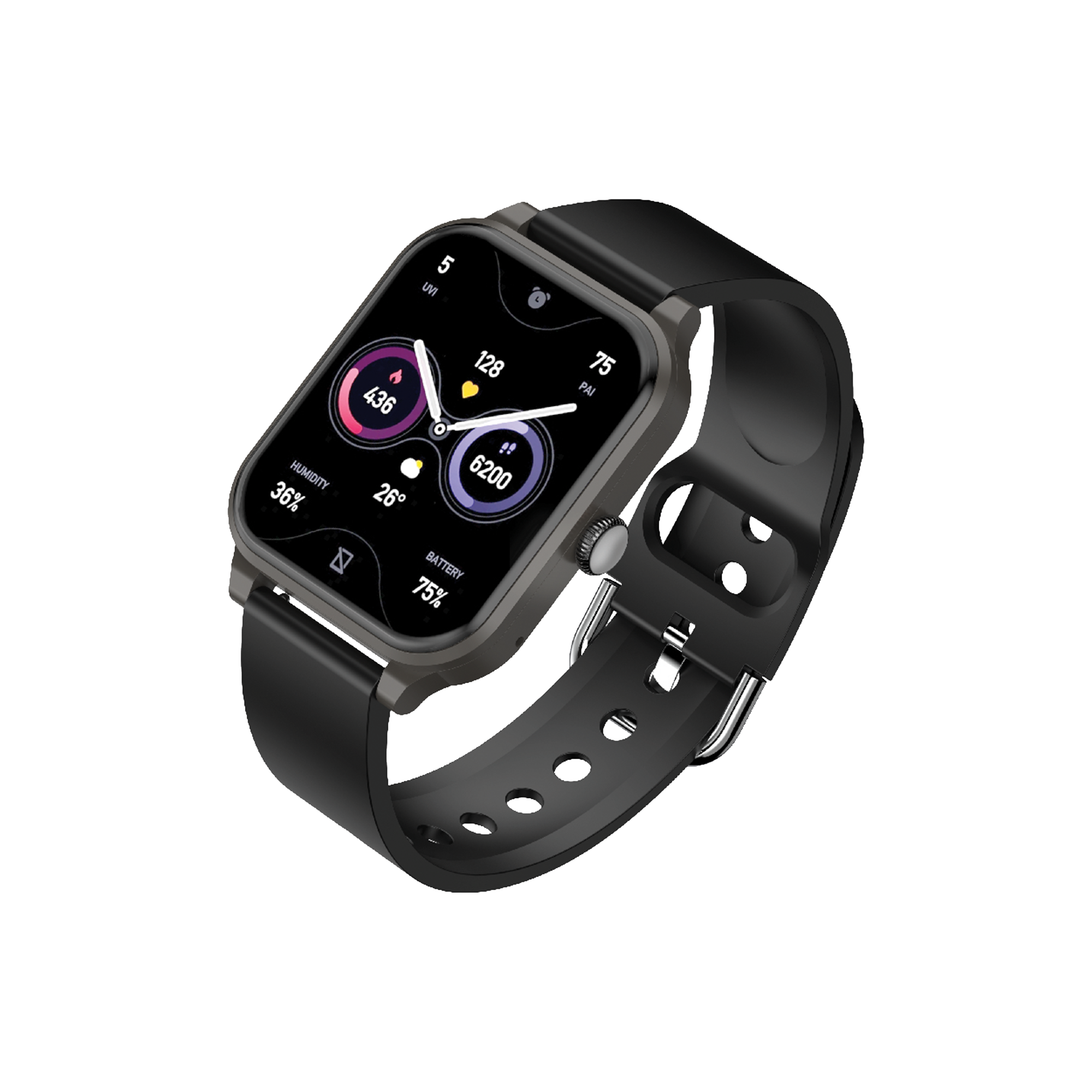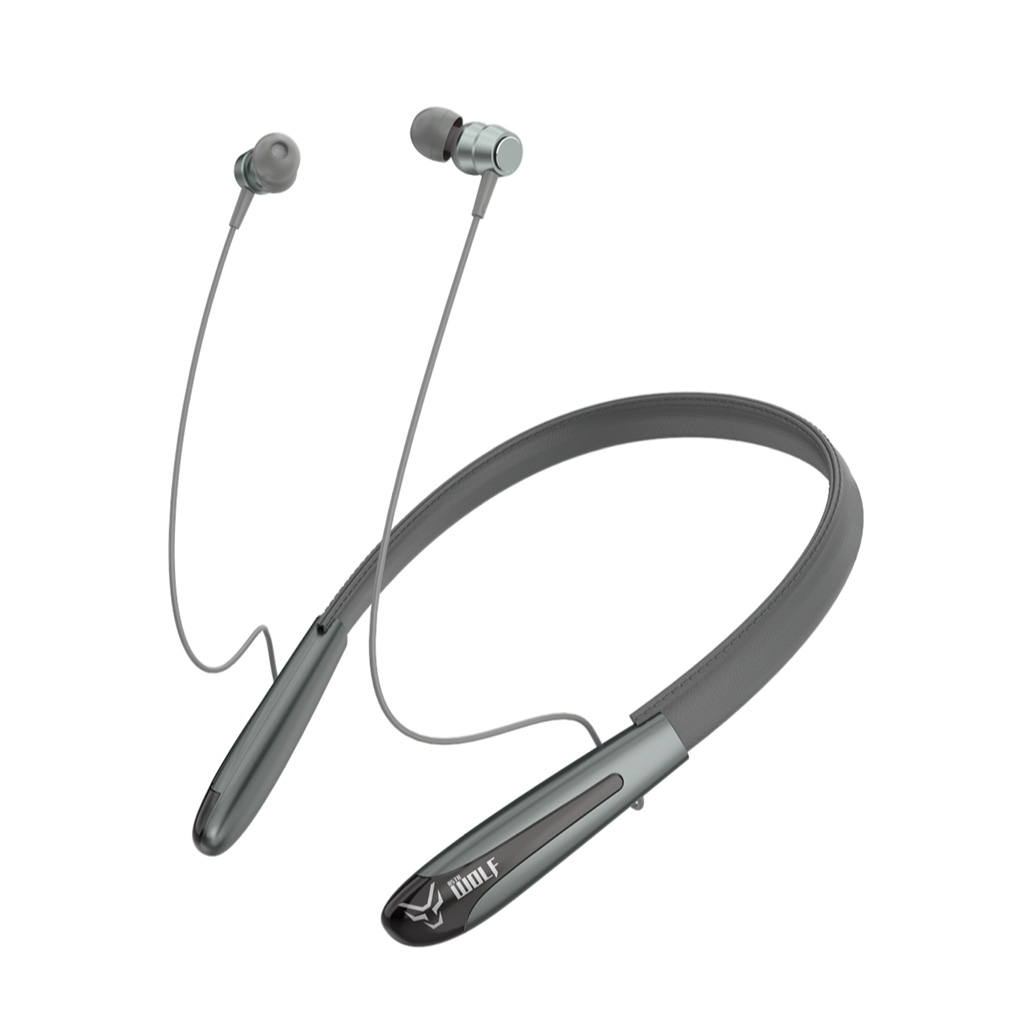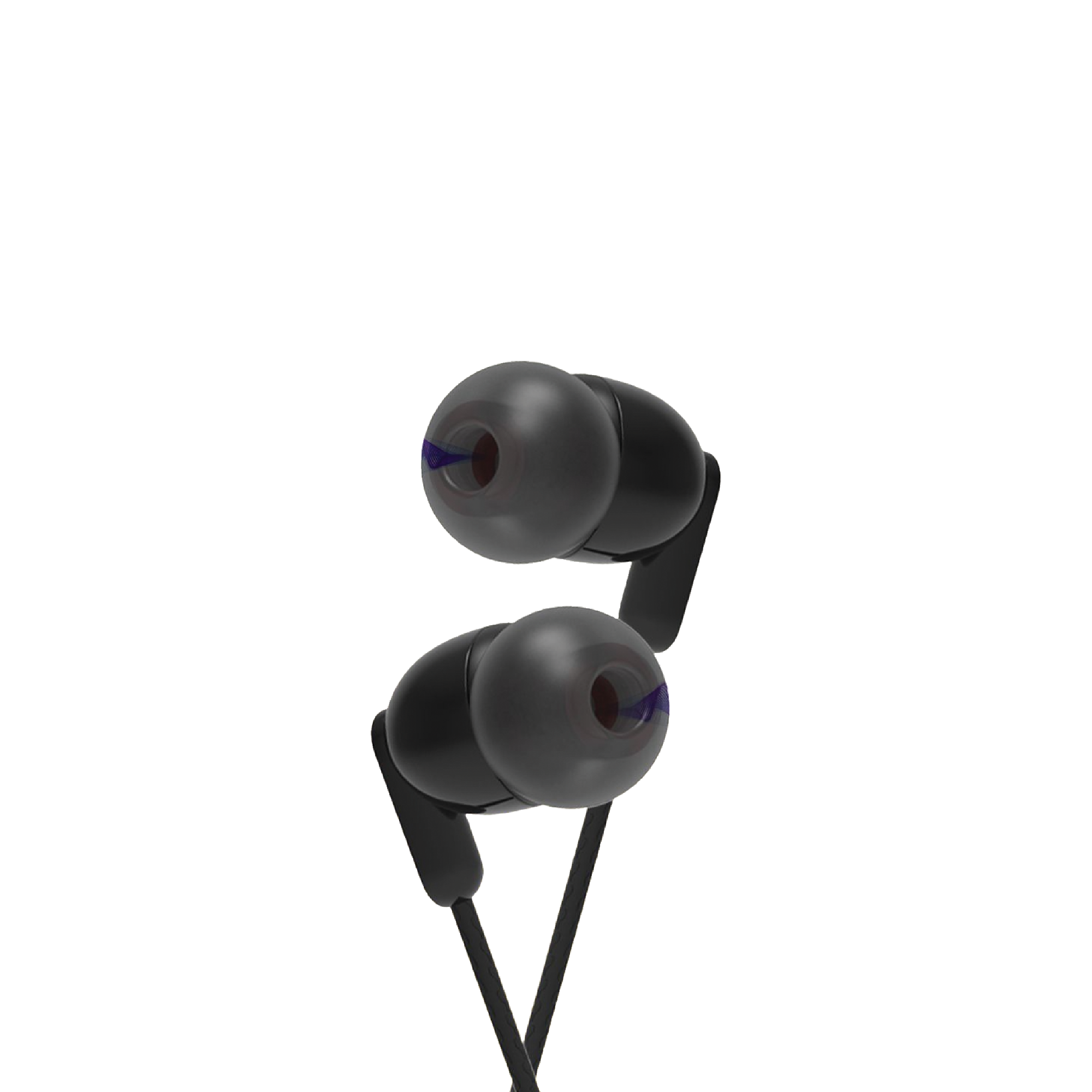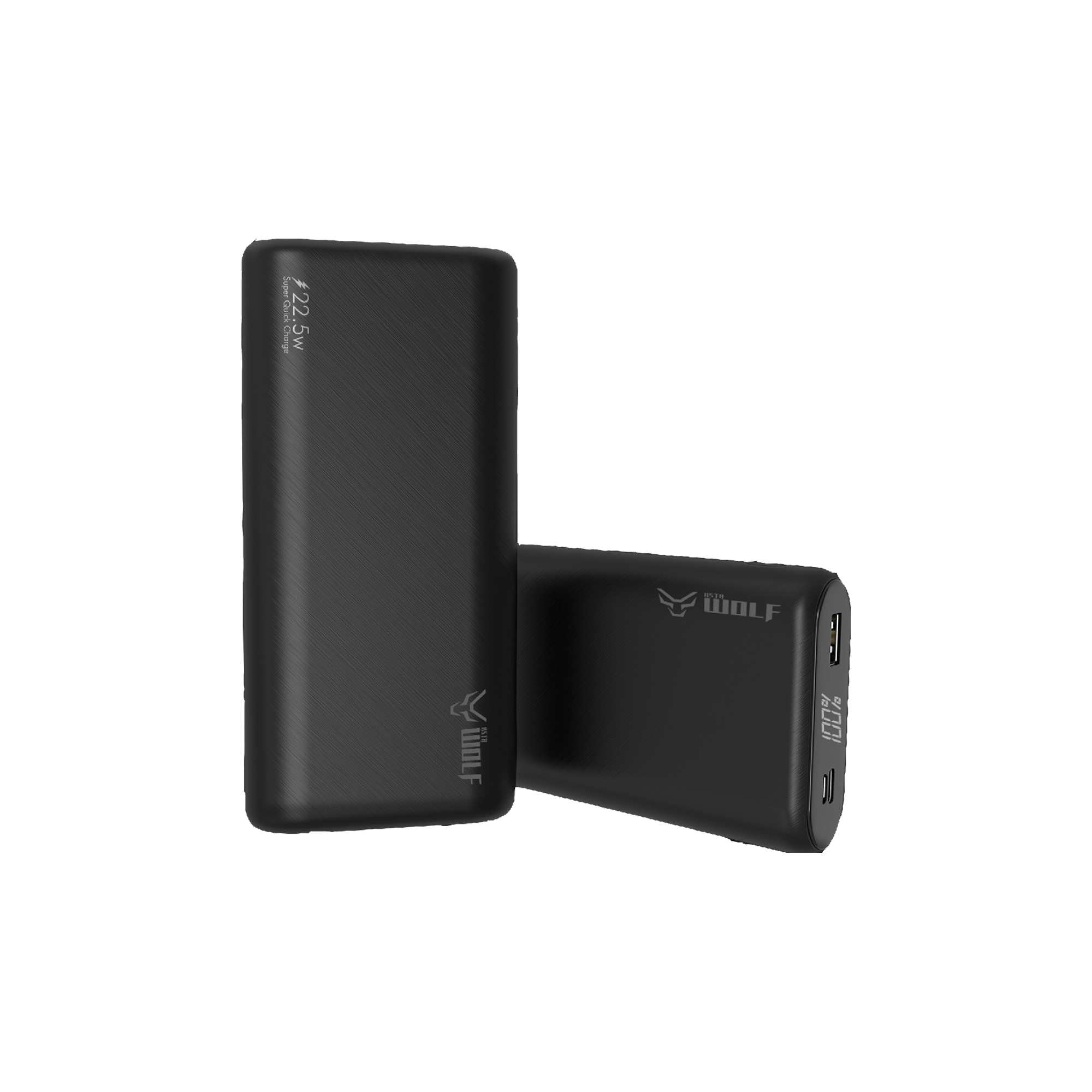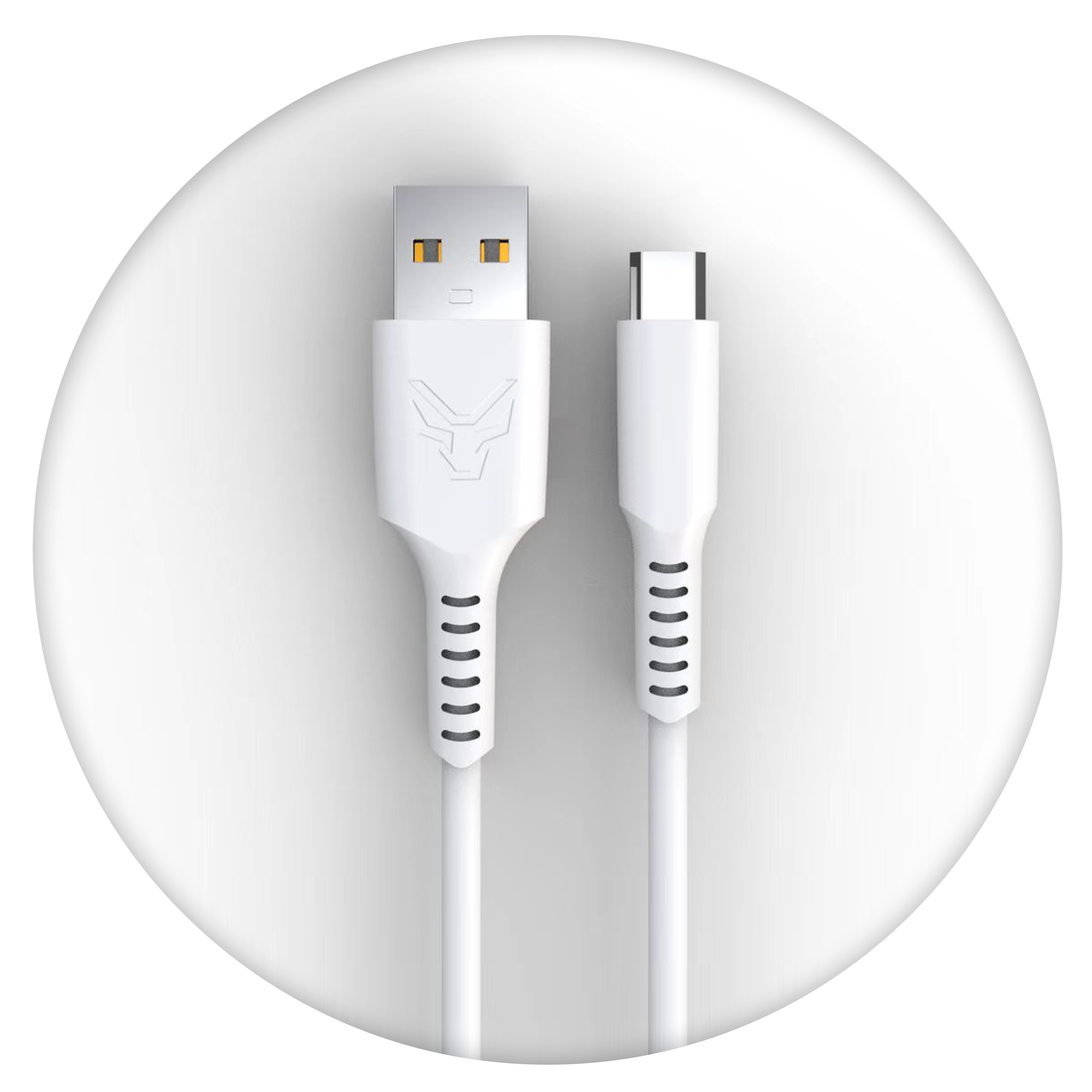
ANC vs. ENC: Understanding the Difference and Their Impact on Your Audio Experience
ANC vs. ENC: In the fast-evolving area of noise-cancelling headphones and earbuds, two names are often used which are Environmental Noise Cancellation and Active Noise Cancellation. The two technologies seem similar, but there’s a big difference that impacts how effectively the music plays for you. Active Noise Cancellation can significantly improve your hearing. The distinct sound of the headphones muffles background sounds that are recorded by small microphones. It works wonderfully well for quiet noises like engines and air conditioners.
The goal of Environmental Noise Cancellation (ENC) is to maintain the clarity of your calls. It makes your voice loud and clear for the person you’re speaking to by using microphones to pick up on and muffle background noise.
What’s the best part? Certain headphones combine both ANC and ENC technology to provide you with crystal-clear calls and relaxing music. With noise-cancelling technology constantly improving, quiet listening appears to have a promising future!
Active Noise Cancellation (ANC): What is it?
To identify outside noise, ANC technology makes use of integrated microphones. Following that, it produces sound waves that are reflections of the undesired sounds. The external noise is thus effectively muffled before it reaches your ears thanks to the way these produced waves are delivered through the headphones’ speakers. The physical construction of the headphones or earbuds blocks out noise, and this method is typically used in conjunction with ANC. Naturally, some noise intrusion can be lessened by wearing your ears snugly.
Environmental Noise Cancellation (ENC): What is it?
The main goal of ENC technology is to improve call clarity. Specifically during calls, it targets and reduces background noise by using microphones. This makes sure that even in noisy settings like a busy street or a packed workplace, your voice is heard clearly. This technology is frequently seen in microphone-equipped headphones and earbuds.
ENC efficiently cancels out undesirable noise by overlaying the inverse wave over the original noise, improving the clarity of your audio. When background noise is reduced for the individual you are speaking with during a call, this is especially helpful for enhancing call quality. Although ENC is frequently used in conjunction with Active Noise Cancellation (ANC) technology, its primary objective is to enhance microphone audio quality, not the user’s auditory experience.
ANC vs ENC –Key differences

Array of microphones: Microphone arrays are used in both Active Noise Cancellation and Environmental Noise Cancellation technologies to reduce the noise effectively. But how they handle the microphone array is where they diverge. To produce noise-free sound output, the microphone array in ENC is utilized to record outside noise and then subtract it from the original sound. However, to cancel out the outside noise, ANC similarly uses a microphone array, but it does so by creating an equal and opposite sound wave.
Processing in Real Time: For both ENC and ANC technologies to generate a noise-free output, they must continuously assess the outside sound, which makes real-time processing essential. Because it doesn’t require strong processing capabilities, ENC performs better when it comes to real-time processing. This translates to reduced power use, which is a big benefit for mobile devices. However, to assess and cancel out outside noise in real time, ANC needs a strong processing unit.
Enhancement of Voice: The goals of ANC and ENC technologies are to lessen background noise and improve voice quality. However, ENC’s strategy is different from ANC’s. The ambient noise is captured by ENC and subtracted from the speech input to eliminate it. On the other hand, by creating an equal and opposing sound wave, ANC reduces background noise. To improve the audio quality, ANC reduces background noise in addition to enhancing speech.
Extended Life of Battery: From a battery life perspective, ENC usually outperforms ANC. ENC uses less power to block out certain frequencies than ANC, it can run on batteries for up to 50% longer. The normal battery life of ANC headphones is up to 30 hours, whereas ENC headphones can last up to 45 hours on a single charge. Therefore ENC is the better option for people who require their headphones to last longer between charges.
Cost: Comparing the two options in terms of cost, ENC is typically more expensive. This is because using numerous microphones to analyze the sound and efficiently cancel out background noise is required by the technology, which raises the cost of manufacturing overall. While ANC technology can be created at a lower cost, it just needs a single microphone to function. It is important to remember that the cost of various ENC and ANC products can fluctuate greatly based on the brand, quality, and extra features.
Selection between ENC and ANC
Your key needs will determine which of ANC and ENC to choose. ANC is the best option if your main goal is to block out outside noise so that you may have a more immersive audio experience when driving, working, or travelling. But if maintaining crystal-clear calls in noisy settings is your top priority, ENC is a suitable and frequently more battery-efficient solution.
To sum up, both ANC and ENC provide useful noise-cancelling features, although they serve distinct functions. You can maximize your audio experience by selecting the best headphones or earbuds by being aware of the differences between these technologies.

